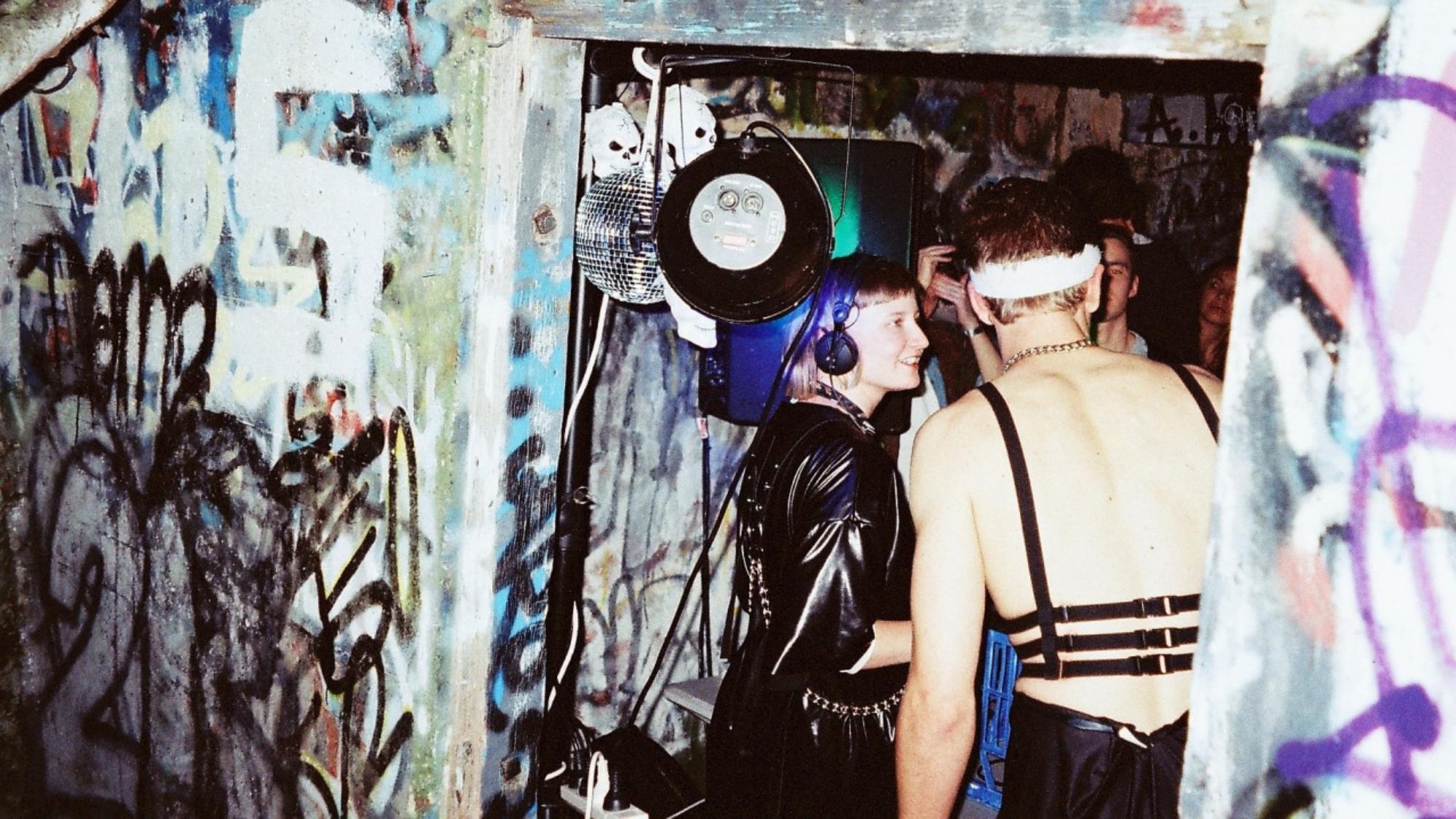There’s a saying: if you want to understand a place, throw a party there. Well, there isn’t—but it’s true nonetheless. Looking at Australia, an amazing amount can be surmised by how people party state-to-state. Each city has its own unique scene, shaped by population, venue capacity, trends and other intangibles. Each club, each party speaks to some facet of their city’s culture. There’s a whole you can learn about a town when the sun goes down, as i-D found when it went partying around the nation.
Sydney
A lot has been written about Sydney’s party culture lately: the city’s lockout laws prohibit party-goers from entering any licensed venue after 1:30am. Despite restrictions, there’s still plenty of fun around. The tech-house heavy scene has seen alternative nights like EVE emerge as pioneers in club diversity—they’ve also brought renowned acts like Venus X to our shores.
The movement is largely led by the city’s flourishing queer scene, which birthed nights like House of Mince and Club Até. Speaking to i-D, the EVE crew reflect these parties are a place where people can pull away from social restriction: “We aim to provide a space for our community to enjoy music, dancing and each other in comfy looseness—where people don’t feel judged, surveyed or at risk of harassment.”
The lockouts have also created a wave of underground warehouse parties across the inner-western suburbs. Unfortunately, police intervention has prevented these events from lasting long, restricting the scene’s growth. Still, we’re here for a good time not a long time. Right?
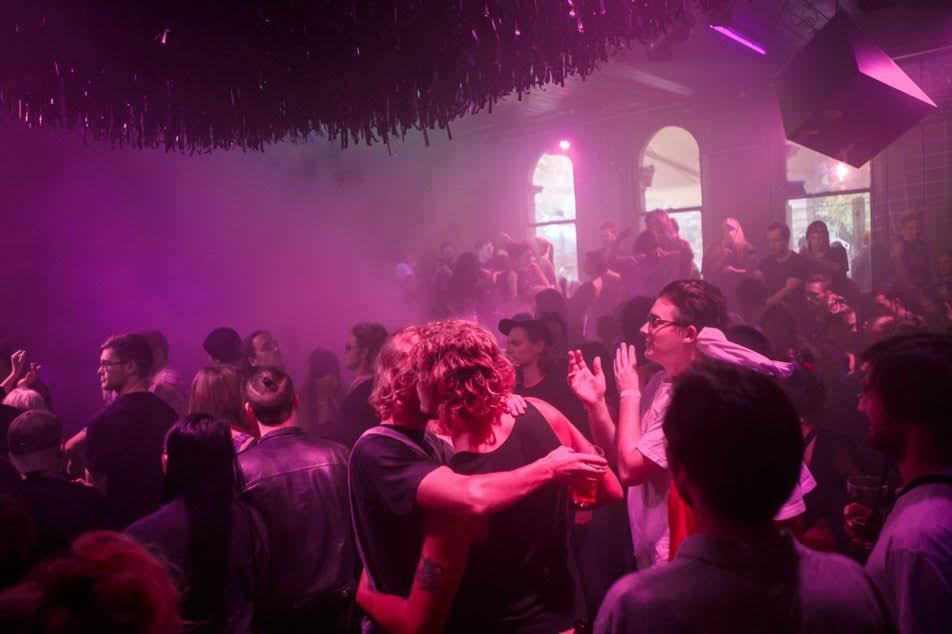
Melbourne
Thanks to more relaxed licensing laws, Melbourne nightlife thrives and ambitious parties have the full support of accommodating venues. The city’s scene remains ardently focused on house and disco, determined to meet the international standards of cities like Berlin and London. Pleasure Planet, one of Melbourne’s most popular parties, flaunts the lack of lockouts: the monthly event starts at 2AM on a Sunday morning and closes midday Monday.
Recently, organisers have been pushing to preserve an authentic and safe club environment—particularly for female and queer patrons. Hugs&Kisses, a venue in the CBD, has a unique “members-only” policy while emerging night Cool Room has employed a Safety Coordinator to manage the party’s diverse crowd. Kate Pern, who serves in role, say her job is all about “being a visible, friendly face that people on the night can approach if they are made to feel uncomfortable by anyone.”

Adelaide
While lockouts similar to those in Sydney have also been implemented by Adelaide’s state government, a run of music festivals has kept the party going. For four years, Adelaide has been one of five cities to host the Unsound Festival. The Polish event now boasts an esteemed lineup of international electronic artists: this year’s showcase included the enigmatic Dean Blunt with his current band Babyfather, Paula Temple, Powell and Kangding Ray.
Much like Melbourne, events are moving to be increasingly inclusive. Stefanie Van runs All Gold Everything, a hip hop night organised by an exclusively female team. Speaking to i-D, she stresses the significance of having women as selectors and tastemakers in a scene she feels lacks diversity at times. Reflecting on Adelaide’s size, Stefanie says “it makes you either embrace or hate the idea of community,” continuing, “going out routinely will introduce you to clusters of people very quickly and that can be an incredible way to feel a part of something or very suffocated. I think it’s uniquely fun in that way. I’ve made a lot of friends from partying here.”

Brisbane
Brisbane has had 3AM lockout laws for over 10 years now, but unlike Sydney they haven’t created a culture of underground raves. Sezzo Snot, a Brisbane-based DJ explains, “we lack the infrastructure, money and population to support frequent underground warehouse type shows.”
Instead, local house party culture has flourished. It’s now an even bigger part of nightlife than clubbing. “Amazing house parties in spacious Queensland homes with huge verandahs” are what Sezzo reckons define the city. Because Brisbane is “basically an oversized town,” Sezzo notes a considerable sense of satisfaction when a band does well nationally or internationally. This lends a warm vibe at live shows thanks to the “heartwarming amount of pride people have in local bands.”
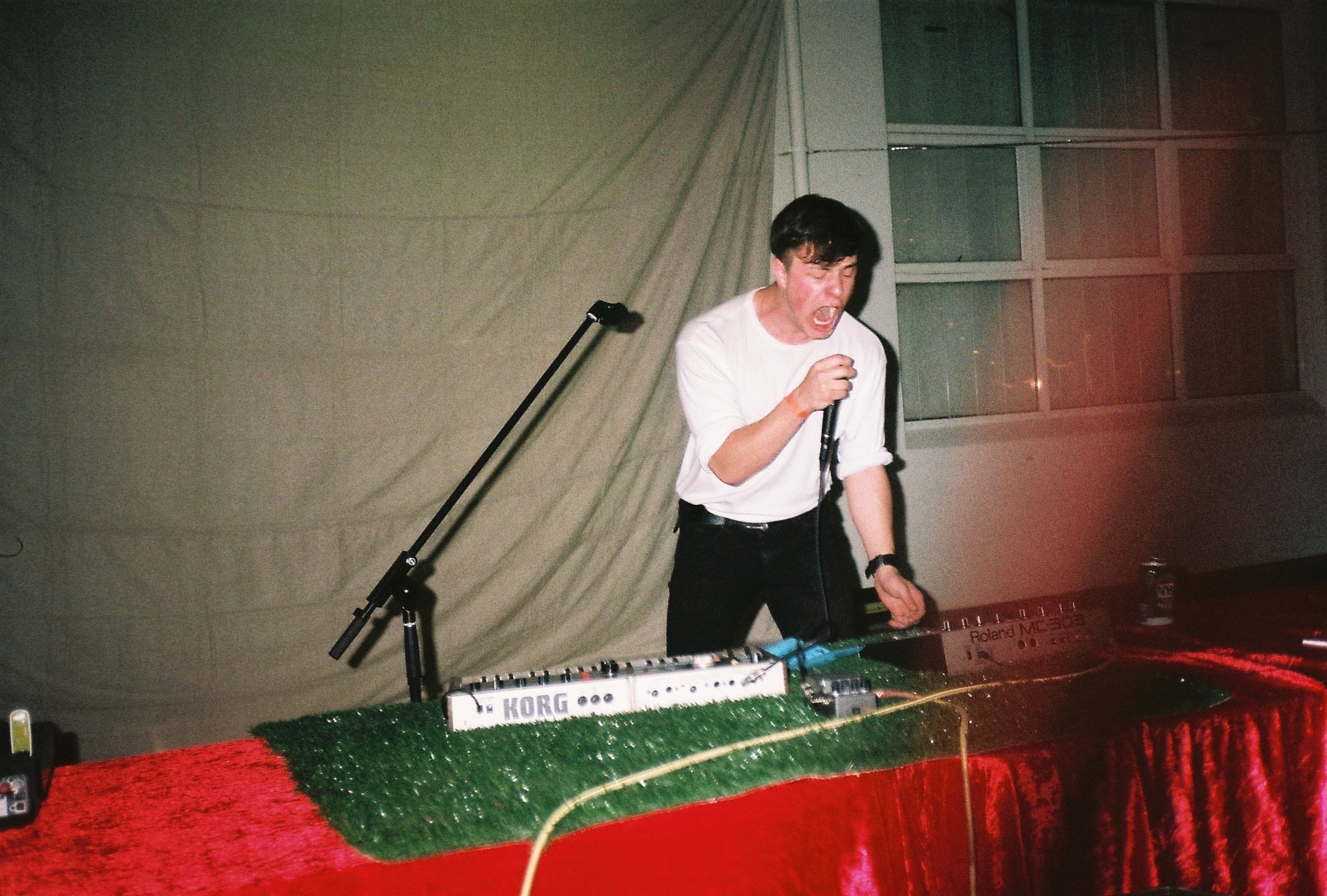
Canberra
Canberra’s party culture has long been accommodated in unconventional and illegal spaces. Felix Idle, who DJs under the name WA?STE and runs the Valley Spirit record label, explained the scene to i-D. “For a long time there was really no consistent or reliable venue for dance music so you had people putting on BYO parties on in the Yarralumla Woolshed, the Ukrainian Orthodox Church in Lyneham and most recently, an abandoned store-front on the South-side.” Local houses like Lackluster HQ frequently play host to gigs, making sure even without great venues the city holds it down.
Being light on clubs, universities play a huge part in Canberra’s nightlife. Felix is part of the team that organises the ANU Art School Ball, an annual festival run by the Australian National University. He explains that the ball is “an opportunity to expose a lot of people to a lot of interesting stuff from interstate and that it’s booked by people who would not normally book events so you get a fresh perspective.”
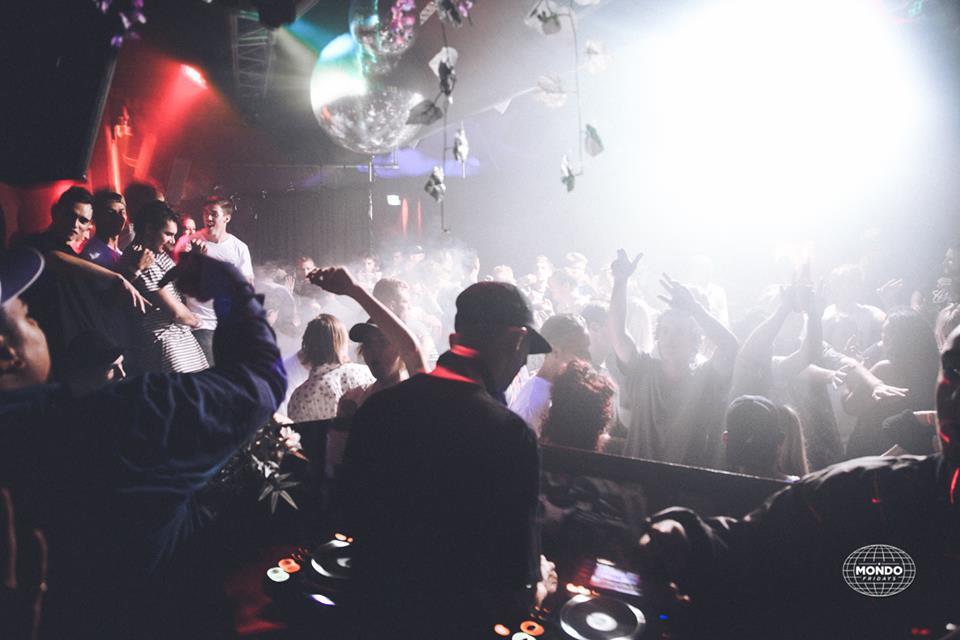
Perth
On the West Coast, Perth’s trap-heavy nightlife enjoys the freedom of no lockouts and a public passion for partying. “Despite Perth being an isolated, ‘quiet’ city, our nightlife scene is definitely one of the strongest I’ve seen,” says Elena Nguyen, a promoter at popular night Mondo Fridays. “The music we bring definitely stands out-a string of filthy dubstep, to trap and hip hop all stand out as essential in our party scene.”
She describes the “down-to-get-lit 18 to 22-year-old” demographic as Mondo’s main audience. Continuing, “so many familiar faces every week that really make it feel like home.” Perth might be far away, but what it lacks is closeness, it makes up for in enthusiasm.
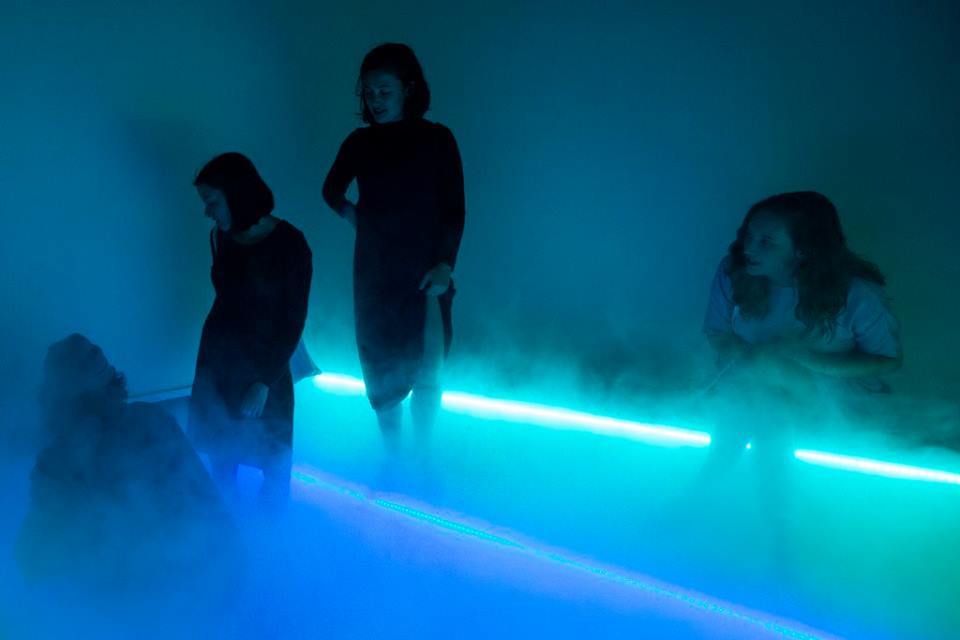
Hobart
Hobart continues the draw the interest of the rest of Australia with its reputation as an isolated artistic hub. While the party culture remains relatively modest, MONA defines the state’s cultural calendar with sister festivals Dark Mofo and Mona Foma—plus the after party Faux Mo. Located in an ex-government office building, the event unfolds over three nights and merges vast lineups with cutting-edge installations.
Rose Quartz (upcoming newcomer on the festival scene) is also just around the corner. If it’s successful, it’ll prove mainland club kids are willow to make the trip across the Strait for more than Mofo. Still, with little outside of MONA’s two blockbuster festivals Hobart remains an interesting case of fly-in-fly-out party culture.
